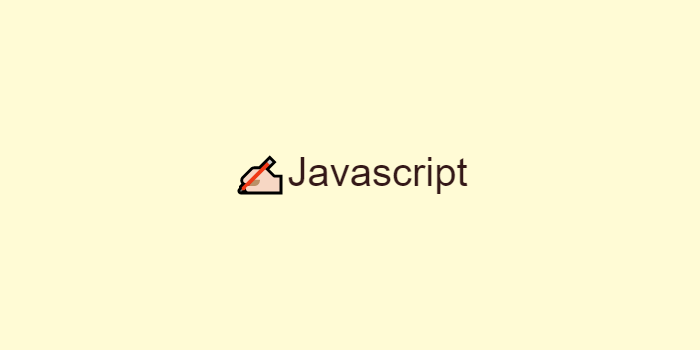
Array 메소드 3
splice
array.splice(n) : 인덱스 n번부터 모든 아이템 삭제
array.splice(n,m) : 인덱스 n번부터 m개의 아이템 삭제
array.splice(n,m,a,b) : 인덱스 n번부터 m개의 아이템 삭제후 아이템 a,b 추가
array.splice(n,0,a,b) : 인덱스 n번 뒤에 아이템 a,b 추가
예제
const fruit = ['apple', 'orange', 'graif', 'berry', 'lemon']; console.log(fruit); // (5) ["apple", "orange", "graif", "berry", "lemon"] fruit.splice(3,0, 'pear', 'mandarin'); console.log(fruit); // (7) ["apple", "orange", "graif", "pear", "mandarin", "berry", "lemon"]
concat
array1.concat(array2) : array1 마지막 아이템 뒤에 array2 아이템을 추가한다.
예제
const fruit = ['apple', 'orange', 'graif', 'berry', 'lemon']; const age = [22, 23, 24]; const result = fruit.concat(age); console.log(result); // ["apple", "orange", "graif", "berry", "lemon", 22, 23, 24]
unshift(), shift()
array.unshift(item) : 배열의 맨 앞에서부터 item을 추가하고, 추가 후의 배열의 길이를 반환한다.
array.shift(item) : 배열의 맨 앞에서부터 item을 삭제하고, 삭제 후의 배열의 길이를 반환한다.
단, 이 둘은 pop과 push보다는 엄청 느리다. array 자료구조 특성상 앞에 item을 추가하려면 맨 뒤에 item을 추가하는 것보다 정렬의 과정이 추가되므로 느리다.
lastIndexOf()
array.indexOf()는 찾는 요소가 중복으로 여러개가 있다면 그중 첫번째를 반환하는데, array.lastIndexOf()는 마지막 것을 반환한다.
은근 헷갈리는 배열 메소드.. 유진님 정리 보면서 다시 공부하고 갑니당..!😃